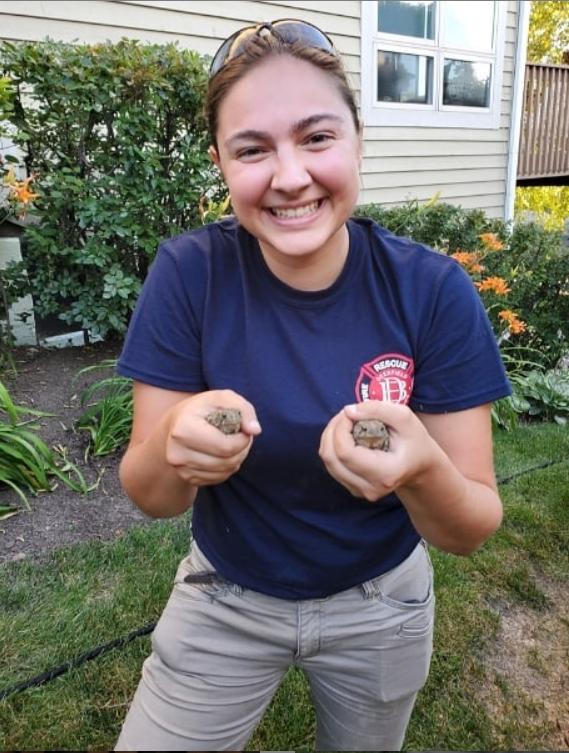Celebration of Scholars
#70: Traumatic Stress Within First Responders

Major: Public Services
Hometown: Gurnee, IL
Faculty Sponsor: Tony Pustina
Other Sponsors: Allen, Cynthia
Type of research: Senior thesis
Abstract
Traumatic Stress Within First RespondersSamantha Bednarz, Andrew Pustina, Cynthia Allen
Most first responders respond to cases/calls that could be considered traumatizing to the average person; however first responders are supposed to be adequately trained and slowly desensitized to different traumatic situations, they may encounter. Nevertheless, first responders are human beings, and each person has a different response to traumatic events. Trauma is a disordered psychological or behavioral state resulting from severe mental or emotional stress or physical injury. Post-traumatic stress disorder (PTSD) develops characteristic symptoms following exposure to one or more traumatic events. Secondary traumatic stress disorder (STSD) involves the transfer of trauma symptoms from those who have been traumatized to those who have close and extended contact with trauma victims. This study aims to investigate which types of first responders experience more PTSD or STSD. The study will be in the form of a survey. Along with demographics, and the nature of calls/cases, there will be questions/prompts from a PTSD and a Secondary Trauma Questionnaire. Data collection is ongoing and results will be clearer for Celebration of Scholars. The current hypothesis is that emergency medical technicians, paramedics, and athletic trainers will have more secondary trauma than other first responders. Another hypothesis is police officers, firefighters, and military members will have more PTSD, than other first responders.
References:
Merriam-Webster. (n.d.). Trauma. In Merriam-Webster.com dictionary. Retrieved March 28, 2022, from https://www.merriam-webster.com/dictionary/trauma
Weathers, F. W., Litz, B. T., Keane, T. M., Palmieri, P. A., Marx, B. P., & Schnurr, P. P. (2013). The PTSD Checklist for DSM-5 (PCL-5) – Standard [Measurement instrument].
Motta, R. W., Kefer, J. M., Hertz, M. D., & Hafeez, S. (1999). (rep.). Initial Evaluation of the Secondary Trauma Questionnaire (pp. 997–1002). Psychological Reports.
Submit date: March 28, 2022, 1:51 p.m.
